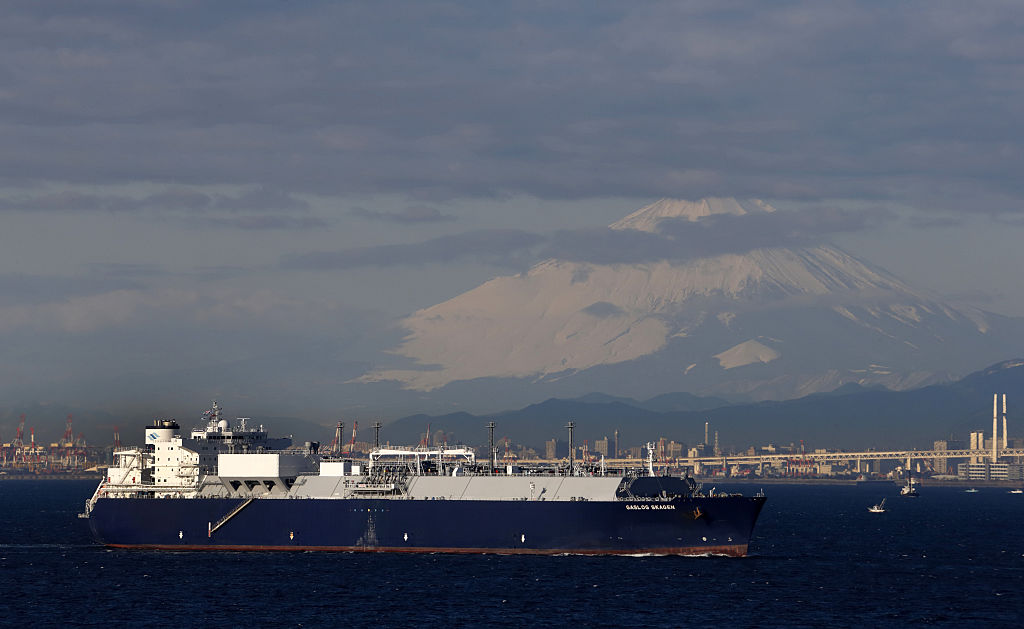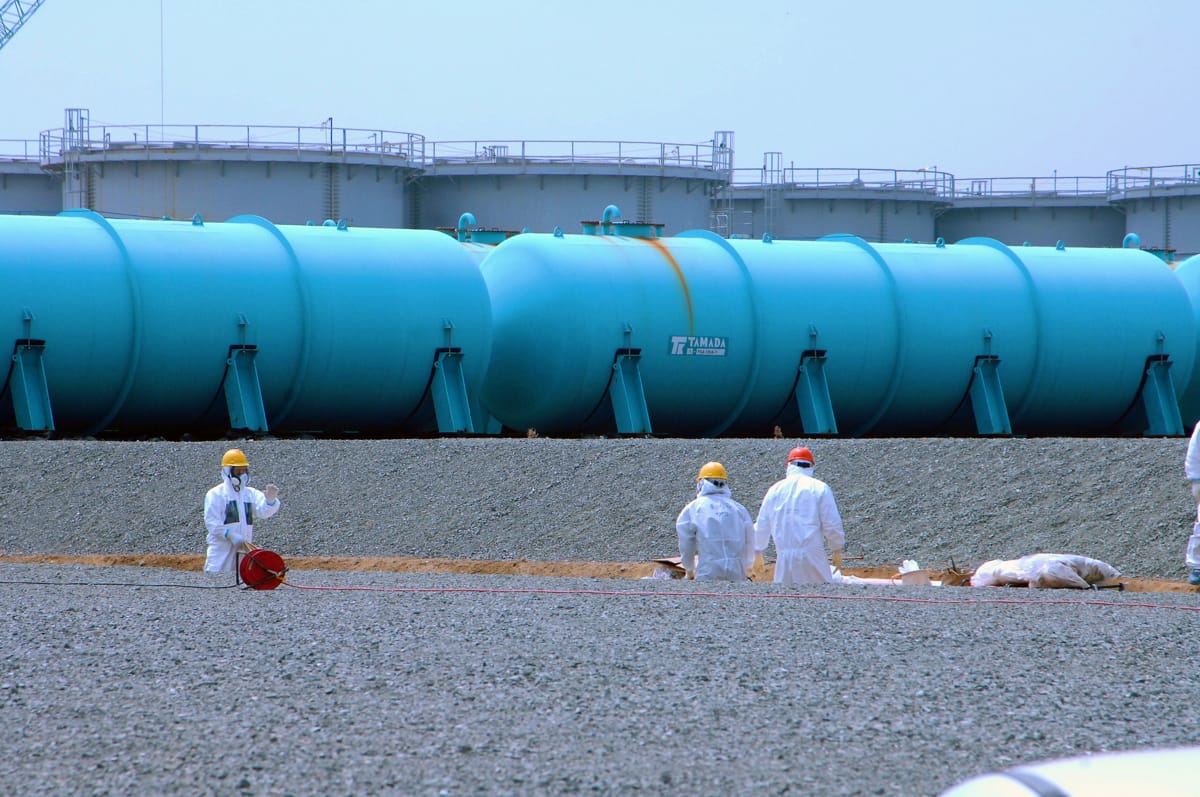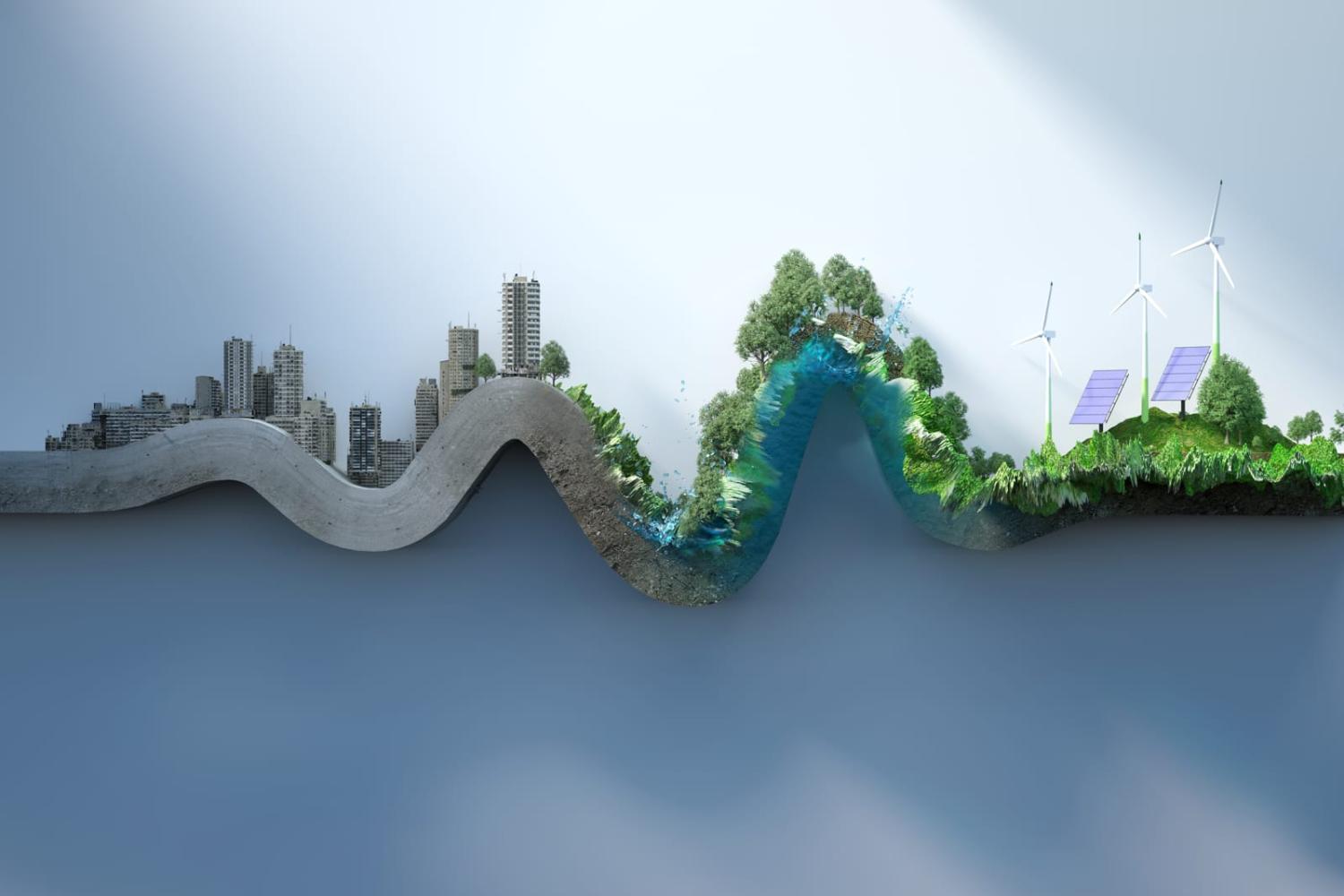Difficult choices
As the Albanese government is gearing up to explain to the world the likely rejection of an indigenous Voice to Parliament at the referendum vote this weekend, attention is also focused on how it will move on domestically from the expected political loss.
While there are many possible strategies being mooted, mostly around voter discontent over the rising cost of living due to inflation, the one with the most international economic implications is how Australia gets its commitments to reduce carbon emissions back on track. Indeed former Labor trade minister Craig Emerson said recently that energy transition was the obvious replacement issue to fill the looming political vacuum.
That makes a lot of sense when energy regulators are remarkably warning of potential electricity blackouts despite Australia having one of the best endowments of old and new energy resources in the world, certainly on a per capita basis.
But events this week have underlined how that relatively straight forward sounding aim is not without some difficult economic diplomacy issues. These might come to look like the type of twists that brought unstuck the Voice idea, which only a year ago appeared to have the support of two thirds of voters.
Stepping on the gas
The 60th anniversary conference of Australia’s oldest Asian business group the Australia Japan Business Co-operation Committee (AJBCC) ended on Tuesday with a closing statement that notably echoed the strategic cooperation themes of a statement by ministers from the countries on Sunday.
But what was more striking about this Melbourne gathering was the record turnout of attendees, including from Japan. That comes after a year in which the country, the largest single investor in Australia, has been unusually blunt, publicly criticising Australia’s climate change policies via its former ambassador, especially on gas reservation and net zero emissions for new gas fields.
That criticism was remarkable, although not unprecedented in the bilateral business relationship. But it did underline that despite the growing declarations of closer bilateral strategic ties in response to the rise of China, Japan still makes resources security the bottom line in its diplomacy.

Indeed, AJBCC chair Peter Grey, a former trade diplomat, even conceded as he closed the conference that “just when we were a little bit worried” about the state of the relationship it had “suddenly burst back to life here.”
The big business turnout may have reflected the 60th anniversary, the cancellation of meetings during the pandemic, and the substantial diversification of Japanese business interest in Australia beyond resources into everything from life insurance to digitised used car sales. But the sotte voce explanation amongst delegates was that it was a show of Japanese capital power to the Albanese government when Australia’s energy transition is running slower than necessary to meet the targeted 82 per cent of electricity from renewables by 2030.
And the proceedings had a kabuki-esque quality. Australian speakers talked up the extensive scientific cooperation with Japan over the years and the opportunities for Japan to secure its own energy transition by investing in Australia’s much hyped hydrogen development plans. But Japanese speakers tended to emphasise the need for liquified natural gas to remain a greenish transition fuel to a 2050 net zero environment and the need for advocates of a social licence for resources development to understand the costs of an excessively fast transition.
Mitsubishi chief executive Katsuya Nakanishi could not have been more pointed when after noting the “strong partnership in liberalism and democracy” between the two countries, he went on to say he hoped “the relationship can guarantee a stable investment environment.” That came amid new signs the federal and Victorian governments are at odds over Japanese plans to invest in hydrogen in that state.
The renewal of the relationship with Japan just a few years after the Pacific War has been a case study in the changing driving forces in international relations with economics in the driving seat at times and security at other times, particularly in recent years.
Australia now supplies more than 40 per cent of Japan’s energy and is remarkably the fourth largest recipient of capital from the Japan Bank for International Cooperation at about $10 billion. But despite a blue-chip turnout and bonhomie in the coffee breaks at the conference, Nakanishi and his peers have nevertheless been putting their economic security first during the tensions with Australia over gas reservation and net zero rules for new projects. They have been buying up gas in places as diverse as Qatar, Indonesia, Oman, Canada, and even possibly Russia.
No less than three Australian ministers met Japan’s Minister of Economy, Trade and Industry Yasutoshi Nishimura on Sunday to smooth over these issues. It is a case study in what really drives the relationship.
Going nuclear
While nuclear reactors are Japan’s most obvious alternative to fossil fuel energy, these remain substantially moribund due to the Fukushima disaster – at a time Australia is ironically facing a renewed debate about nuclear power.
It is ironic because Australia is awash with genuine renewable resources, but another indication of the rising pressure facing the government over how to actually deliver the promised new electricity with growing community opposition to new powerlines and other approval difficulties.

BHP chief executive Mike Henry told the AJBCC event that all options should be on the table after the Ukraine war gas supply chain disruption and he expected there would be an increased focus on nuclear. Meanwhile, former Woodside chief executive Peter Coleman told another conference that nuclear energy had to stay in the Australian mix due to the growing community opposition to the land being taken up by solar and wind power. And at the same time, Westinghouse executive Rita Baranwal disputed energy minister Chris Bowen’s estimate that it would cost $387 billion to replace Australia’s coal fired electricity plants with nuclear power, saying it would only be about US$70 billion.
These businesspeople all have obvious vested interests in promoting nuclear power. But the Liberal Opposition is now making support for nuclear energy one of its key lines of attack on the government’s energy transition strategy at a time when regulators are warning of what would be electorally unsettling blackouts.
So, the Japanese government and business figures combined seem to be offering an escape route. If the Albanese government can provide more certainty over access to gas exports and new gas reserves, Japanese capital will fund the hydrogen revolution the Australian government needs to make its long-term carbon emission reductions targets work.
Meanwhile the government is also facing lower key but potentially rising questions about why the Australian ban on nuclear energy remains amid the logjams to genuine renewable power when it has taken the once unimaginable decision to embrace nuclear-powered submarines.
Oily waters
When Timor-Leste President Jose Ramos Horta downplayed the risks to Australia of his country’s new security partnership with China on Monday, he seemed to yet again be playing the role of diplomatic good cop to his more irascible Prime Minister Xanana Gusmao.
But while China’s influence is the lighting rod in relations with Timor, the country’s most pressing priority is to boost its economy and fiscal reserves by securing an onshore processing plant for of the shared Greater Sunrise gas field. Australia’s new net zero emission safeguard rules for new gas development projects which have upset Japanese investors may be a boon for Timor if it can attract those investors to its project.
And so Ramos Horta told ABC Radio that he was confident that all issues blocking the development of the Greater Sunrise gas field would be resolved by early next year and there was a “big stream” of potential investors coming into the country.
Those comments came as an executive from the gas company Santos, Alan Stuart-Grant, told the AJBCC conference that his company was confident it had customers in Japan who would store carbon emissions in its planned carbon capture and storage facility in depleted Timor Sea gas reservoirs. About ten million tonnes of carbon would be stored in a test project this year.
Could Australia at least partly ease concerns about a “failed state” to its north by turning a blind eye to a gas development and carbon capture and storage industry on shore in Timor that might not be acceptable under Australia’s own climate change policies? It could even take statecraft to as new level with some Japanese investment and some development funding from Australia to offset the political risks.

